Affiliate links on Android Authority may earn us a commission. Learn more.
People are using more apps now than ever before
A recent report showed that people are using more apps than ever before and for longer periods of time. Let's look at the numbers and see what happened!
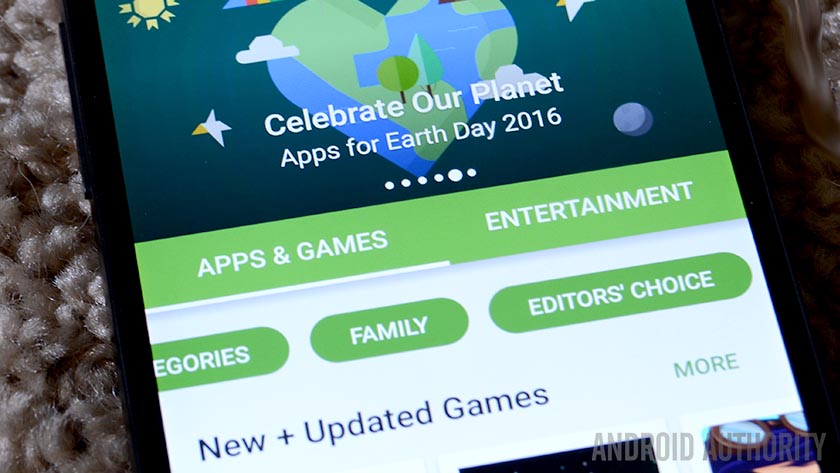
The rhetoric regarding apps hasn’t changed much over the years. Every year, people are using more and more for longer periods of time. As it turns out, 2016 wasn’t much different. According to a report by App Annie, people spent nearly one trillion hours in apps in 2016. That trend is looking to continue into 2017. Let’s take a look at the latest numbers and dive more into the topic.
Related Articles:
Related
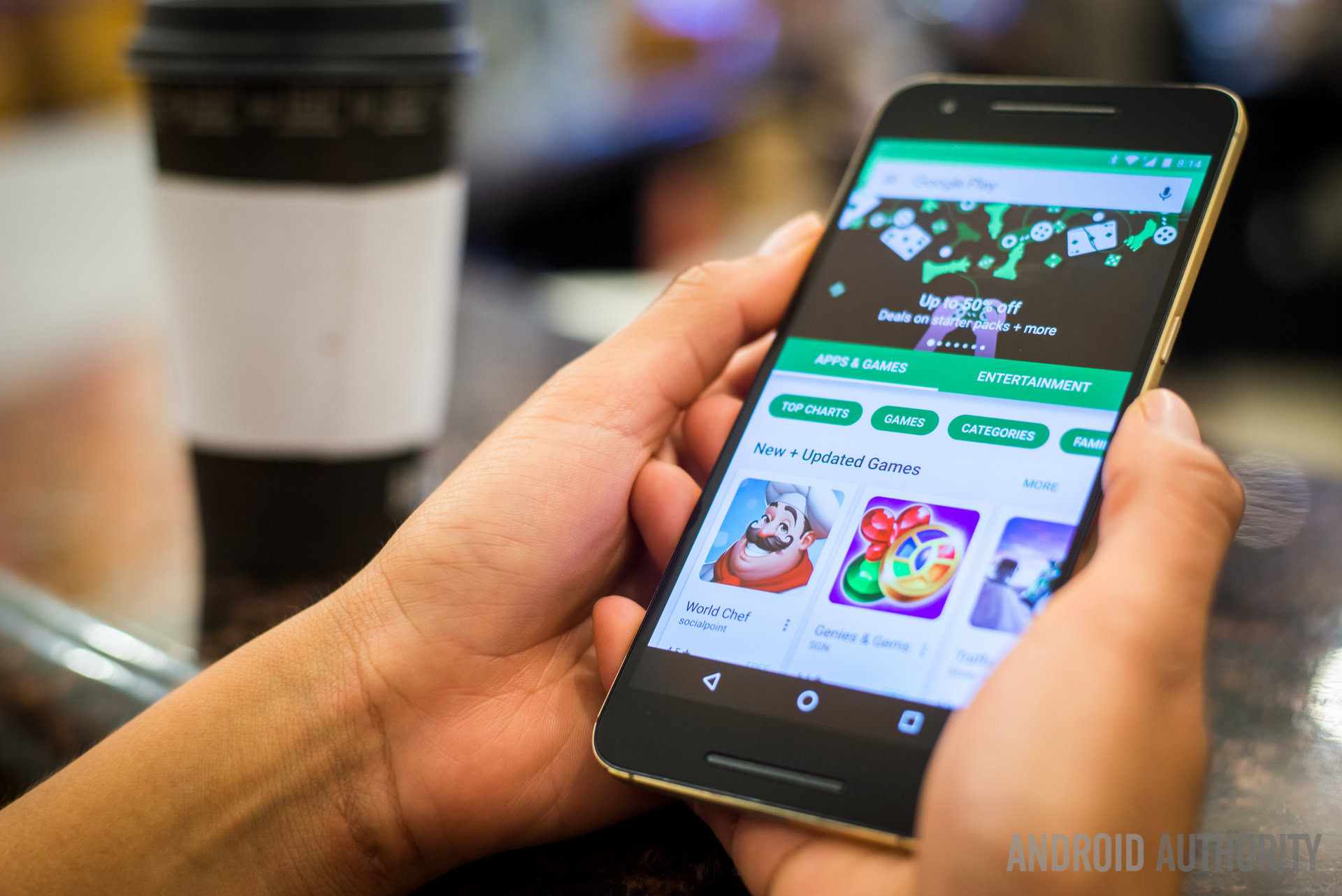

The first graph shows that people used apps 25% more often in Q1 2016 than the previous quarter. App Annie hypothesizes that it’s because the smartphone user base has grown so substantially. More phones are coming out in more places that didn’t previously have smartphones. Thus, the conclusion isn’t that people are using apps more often. Rather, there are simply more people using apps than there were before. The graph above doesn’t seem like it adds up to almost one trillion hours. However, keep in mind that this graph is just for Android phones.
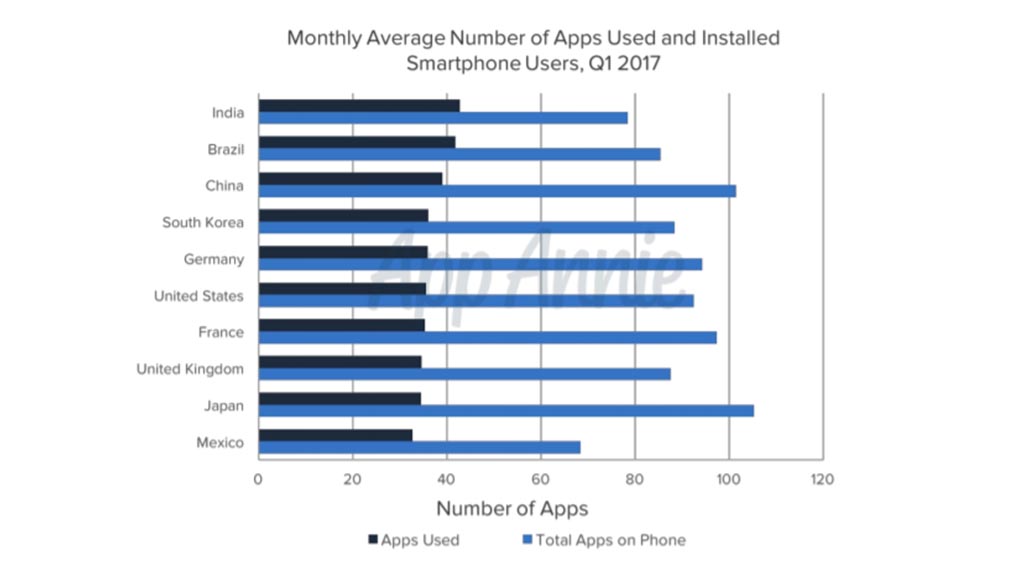
As it turns out, virtually all of us have apps that we don’t normally use. On average, we only use between 1/3 and 1/2 of the apps we have installed on any given month (based on region). There are a variety of reasons why this could be. Many devices have pre-installed apps that people simply never use. Additionally, apps like file managers, background downloaders, and other productivity types may see infrequent use. For instance, many people use Google Docs, but how many have downloaded Slides and Sheets and then only occasionally use them? App Annie mentions the importance of retention as a measurement of success. After all, the most successful apps are the ones people actually use.
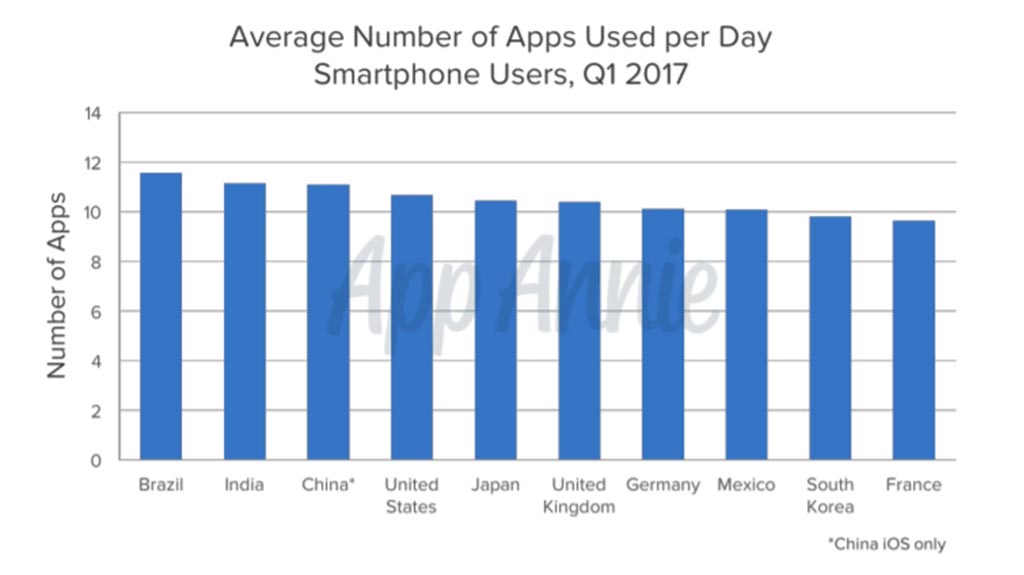
In every region they measured, App Annie was unable to find a demographic that doesn’t use at least nine different apps per day. Most had over ten apps used per day. That seems like a lot. However, if you take into account that virtually everything you do in a phone requires an app, the numbers add up quickly. The report notes that the app types used every day vary widely as well. Thus, it’s not just communication and social media, but also productivity, tools, utilities, shopping, entertainment, and others. The conclusion is that we aren’t just using a bunch of apps every day, but rather that we’re using a bunch of different types every day.
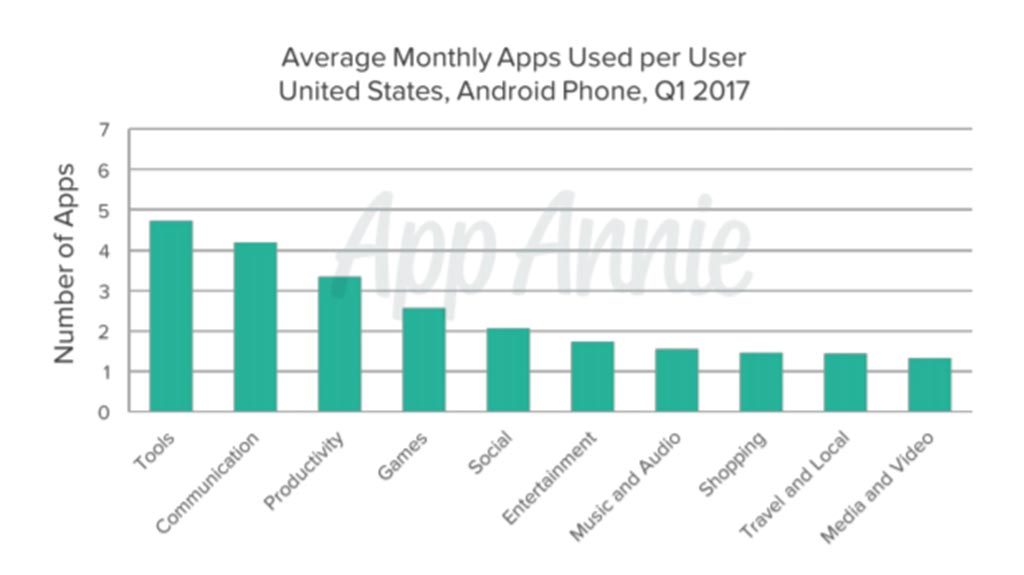
Based on the graph above, people use four different tools and four communication apps per month. App Annie posits that this is likely because of pre-installed apps that people actually do use. Google Chrome on Android, Safari on iOS, etc. It’s also worth mentioning that Cortana and Google Assistant fall under the tools category and they count as well. Android users play more games than iOS users do. However, iOS users use a larger variety of social media platforms than Android users. The important thing to note for this, though, is how many different varieties of apps that people use every month.
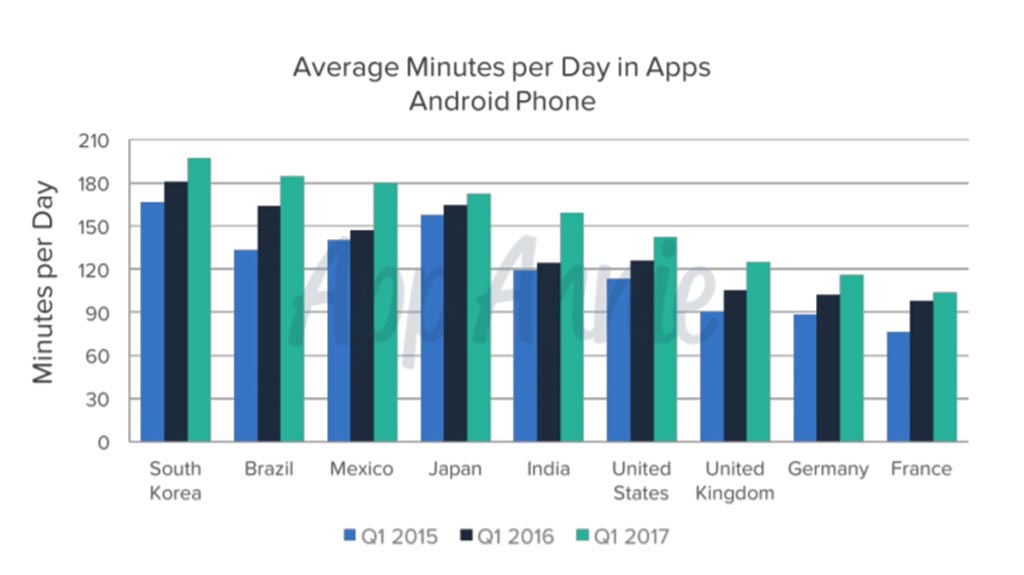
On average, people in the United States spend one month out of every year using an app of some sort. That averages out to about two hours and 15 minutes per day. In fact, the amount of time spent per day has increased every year since 2015. Really, there isn’t a lot of additional analysis here. It’s another graph that shows that people are spending more time using their phones.
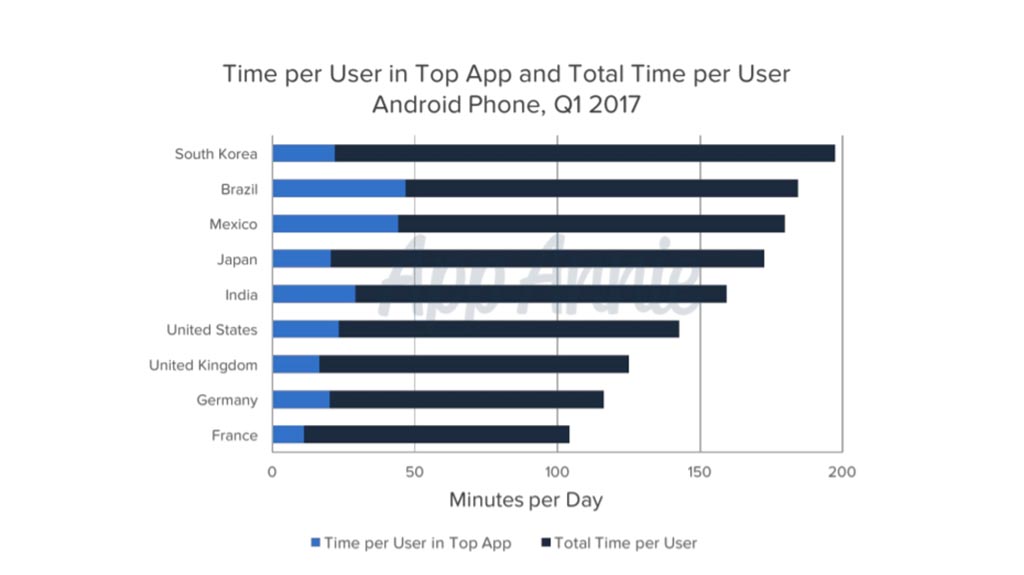
App Annie’s research concluded that most people spent over 80% of their time not in the top app in their country. The top app in any given country is usually Facebook or WhatsApp. App Annie states that this means that other app developers have plenty of time. However, we feel like there is more to it than that. For instance, a person may check Facebook many times a day for a minute at a time. On the other hand, Google Maps may only be opened once for ten minutes for the daily commute. We would love to see a “per session” metric as well to see how often and how long people spend in an app every time they visit for a more complete view of peoples daily activity.
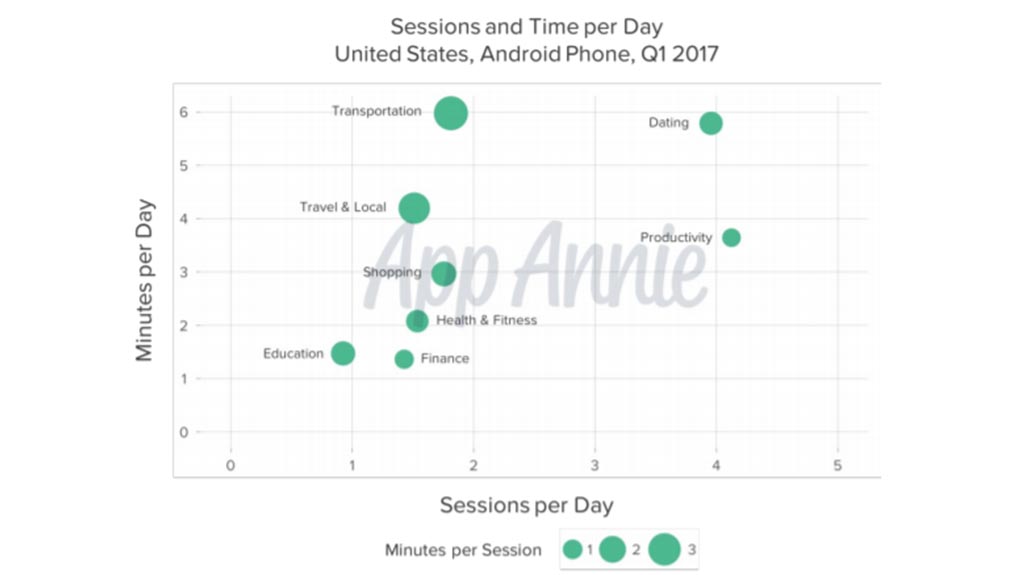
App Annie did provide a graph to show the number of sessions per day and time per session. Most of this makes a lot of sense. Transportation had fewer sessions per day but more time per session. Likewise, finance had more sessions per day, but less time per session. After all, it doesn’t take but a few moments to check your bank balance. Social media is curiously absent from the graph. We imagine that’s because people use them for more sessions per day than this graph is set up to handle. Dating is a surprising case with both high sessions per day and minutes per session.
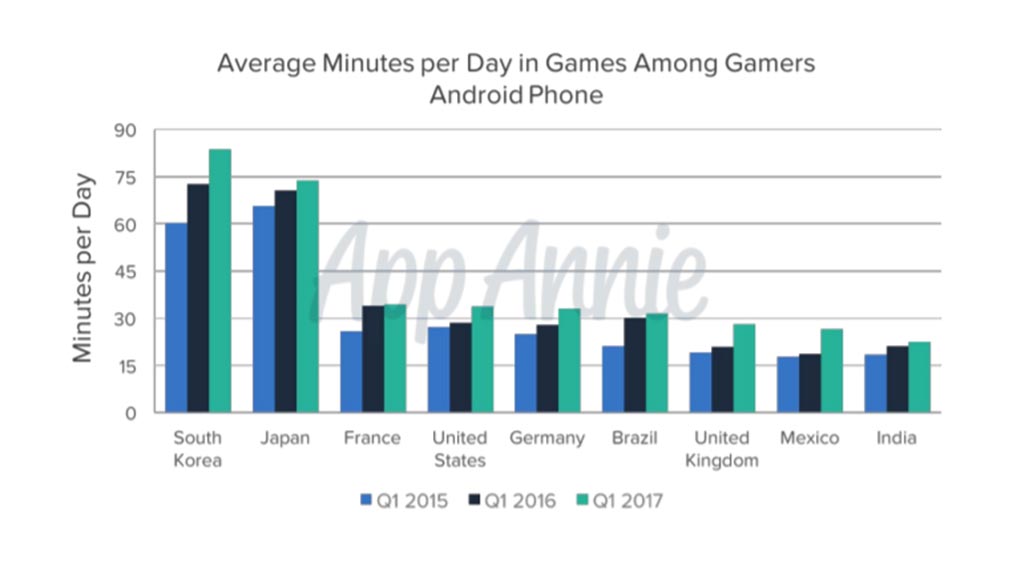
The final image deals with gaming. Like apps, gaming has been on the rise for a few years. South Korea and Japan have the most gaming growth by a long shot. We’ve known that games were on the rise for years. Especially since they draw in so much more revenue than apps do. None of it is really surprising, but it’s nice to see a graph of it.
Check out the best Android apps, ever!
Related
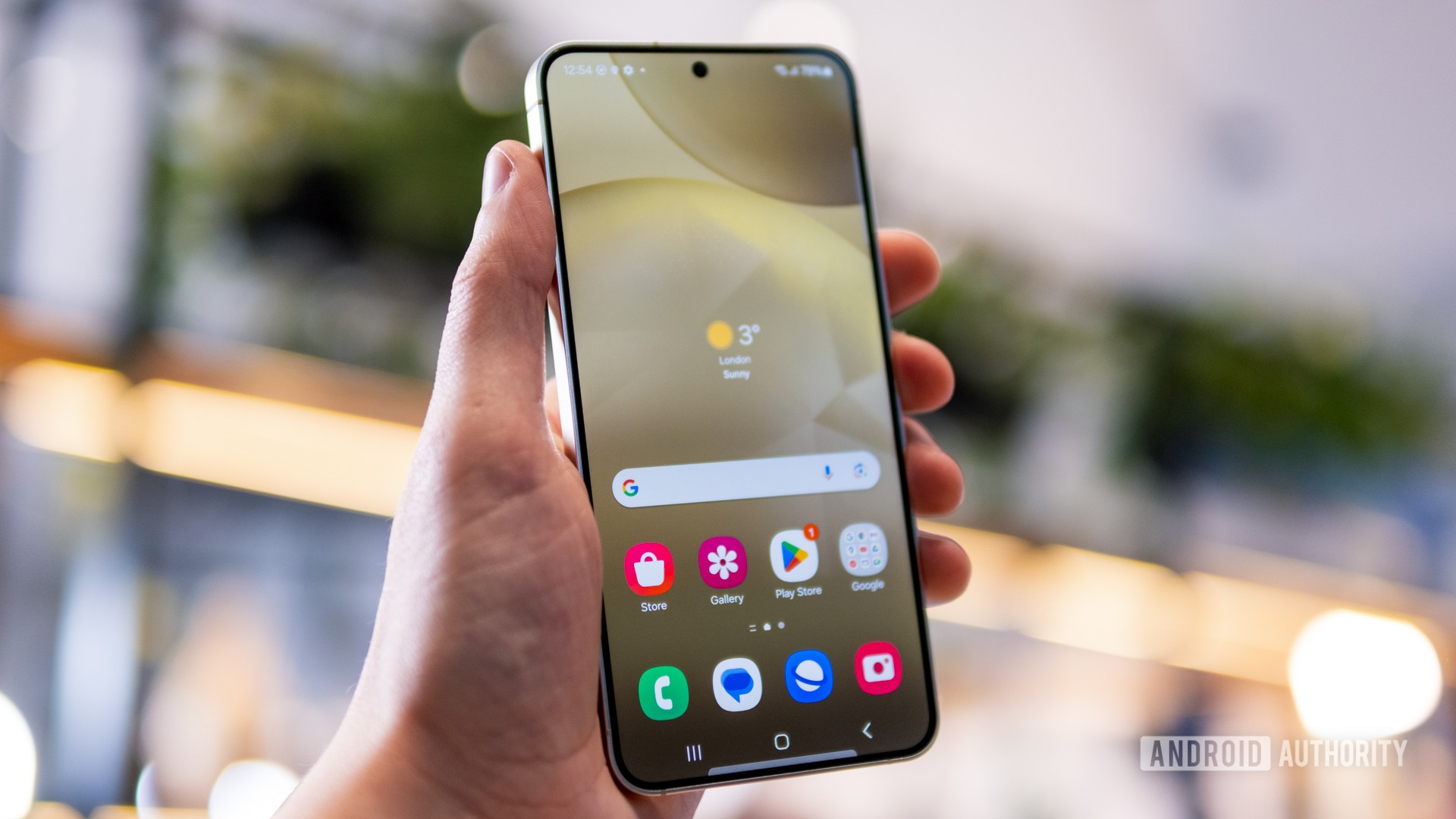
The big takeaway here is that the apps and games market on mobile has taken hold. It’s not a commentary on how many apps get downloaded. After all, reports show that those numbers are going down in developed markets. What it does say is that the apps that people have chosen to use are ones they now use instead of previous methods in the past. We use apps to check our bank accounts, talk to people, navigate, and be productive more now than we did last year or the year before. For now, there is nothing to indicate that those trends are changing anytime soon.